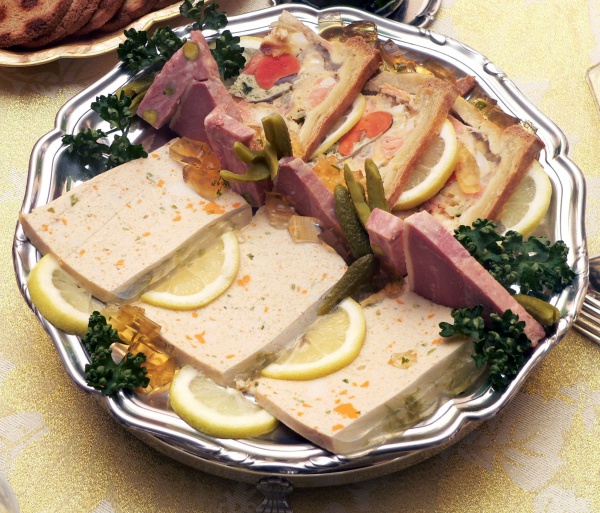Facts About Offal
Offal, also known as variety meats or organ meats, includes the internal organs and entrails of butchered animals. This term, used as a mass noun in English, encompasses most internal organs but excludes muscle and bone. Offal dishes vary greatly by culture and region. While some cultures find them taboo, others incorporate them into everyday meals or even gourmet cuisine. Notable examples of offal dishes include foie gras, haggis, chopped liver, chitterlings, and menudo.
The word "offal" has roots in Germanic languages, where it originally meant "garbage" or "waste." In Europe, offal consumption is quite common and includes a variety of internal organs such as the brain, kidneys, liver, lungs, sweetbreads, tongue, and tripe. Each European country has its unique offal delicacies, such as smalahove in Norway and leverpostej in Denmark.
In Asia, offal is a staple in many traditional dishes across countries like China, Japan, Korea, Thailand, and Vietnam. You might find it in yakitori in Japan, sundae in Korea, and larb in Thailand. South America also embraces offal, with popular dishes like tacos de lengua and tacos de sesos. In Africa, offal is a common relish enjoyed across various cultures.
North America's relationship with offal varies by region and culture. In the United States, giblets often make their way into dishes like turkey gravy. In Mexico, offal is a staple in dishes such as tacos de cabeza and menudo. Australia also has a tradition of offal dishes, largely inherited from British cuisine.
While offal can be a nutrient-rich food source, it comes with health and safety considerations. Some animal organs can be toxic if not prepared correctly, such as the liver of the fugu pufferfish. Additionally, certain types of offal can be high in cholesterol, saturated fats, or purines, posing risks for conditions like gout or cardiovascular issues. Proper handling and preparation are crucial to ensure safety.
Despite these challenges, offal remains an important part of culinary traditions around the world. It offers a unique taste experience and enriches the diverse tapestry of global cuisine.

 Iraq
Iraq